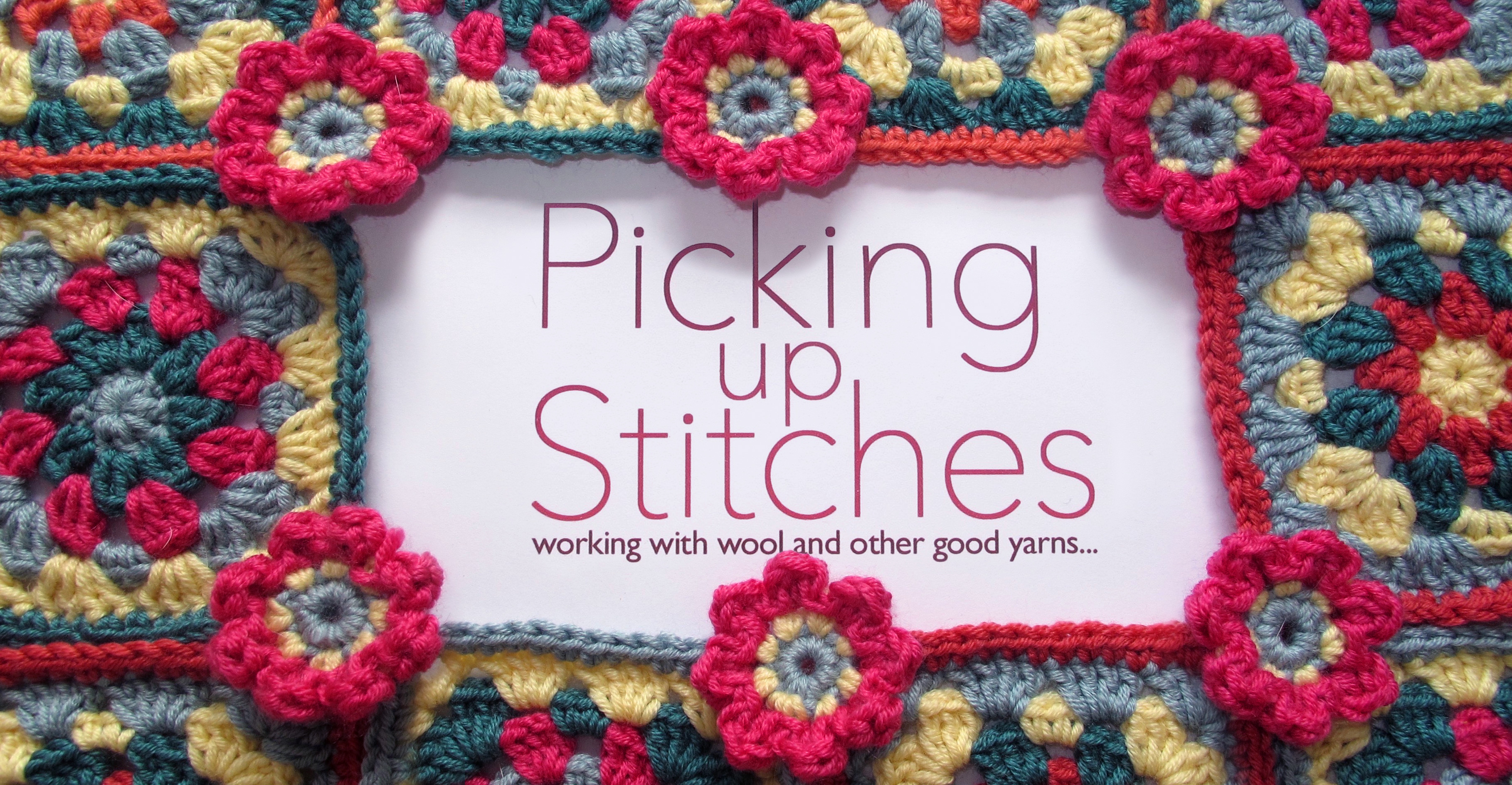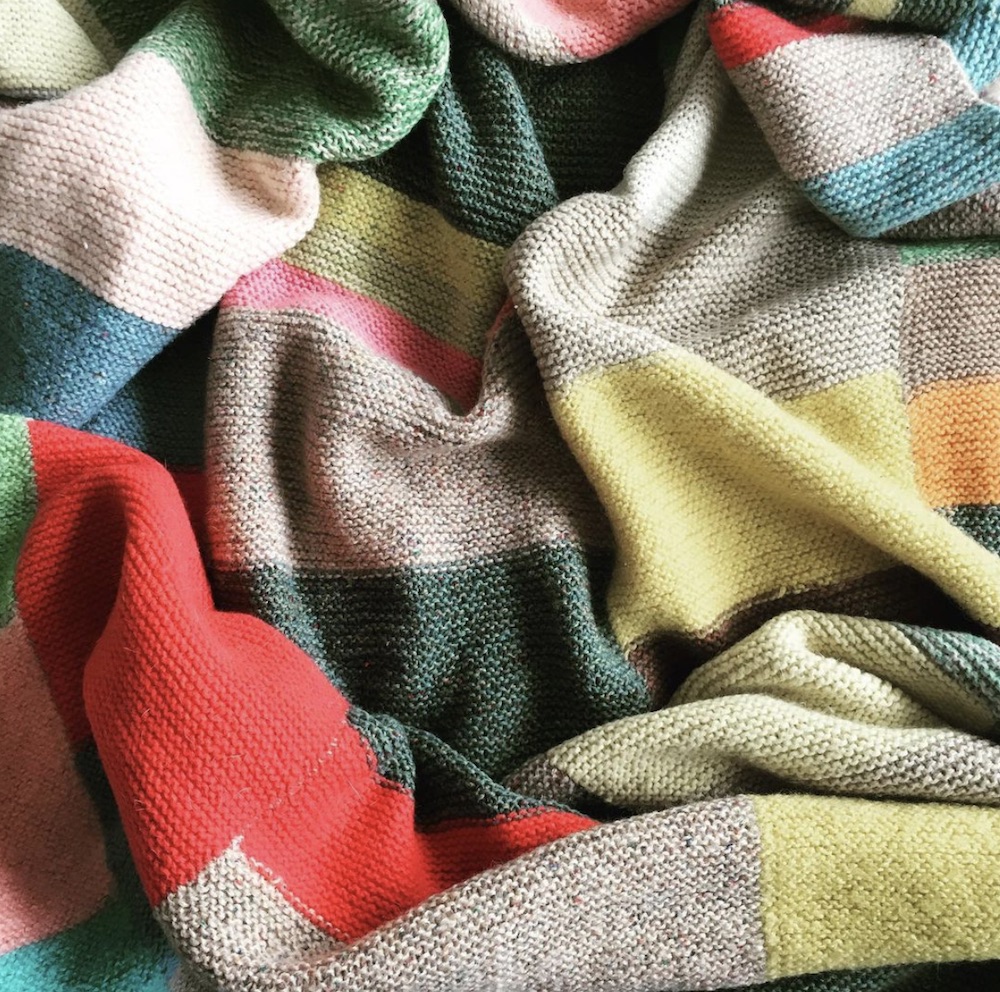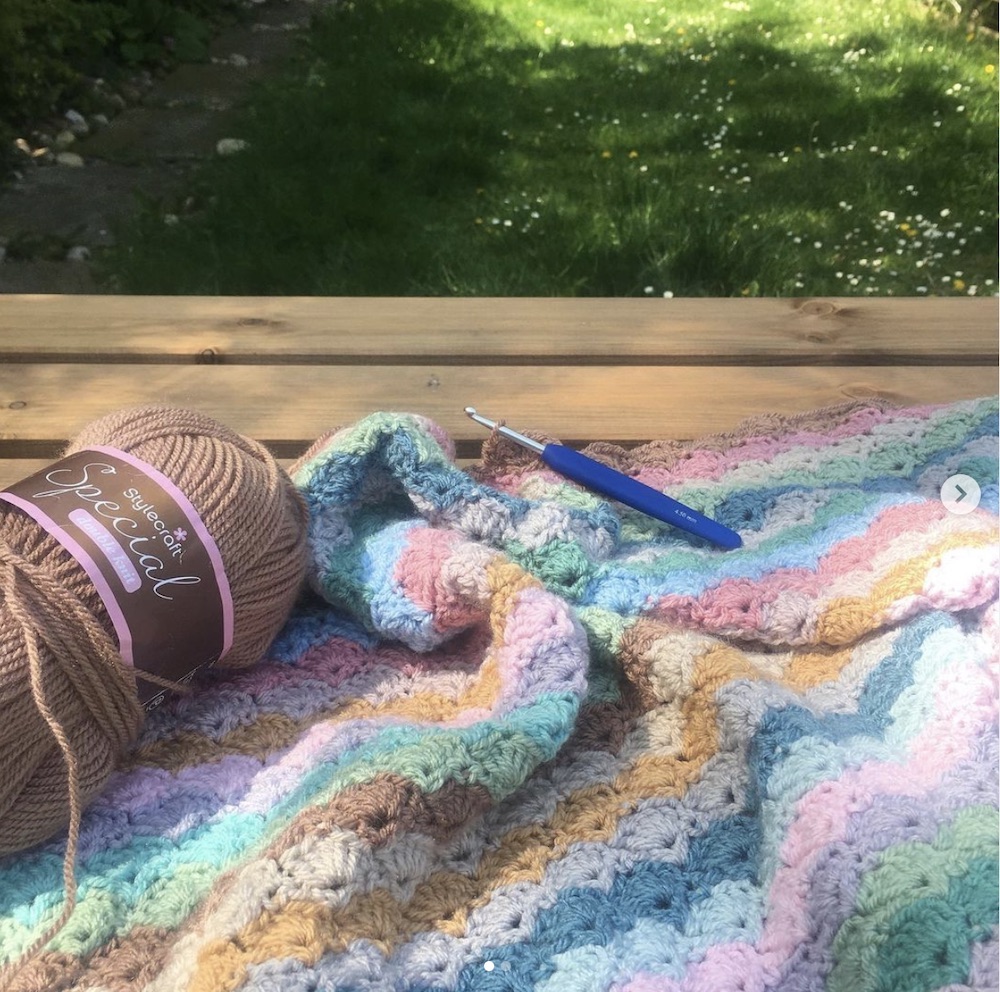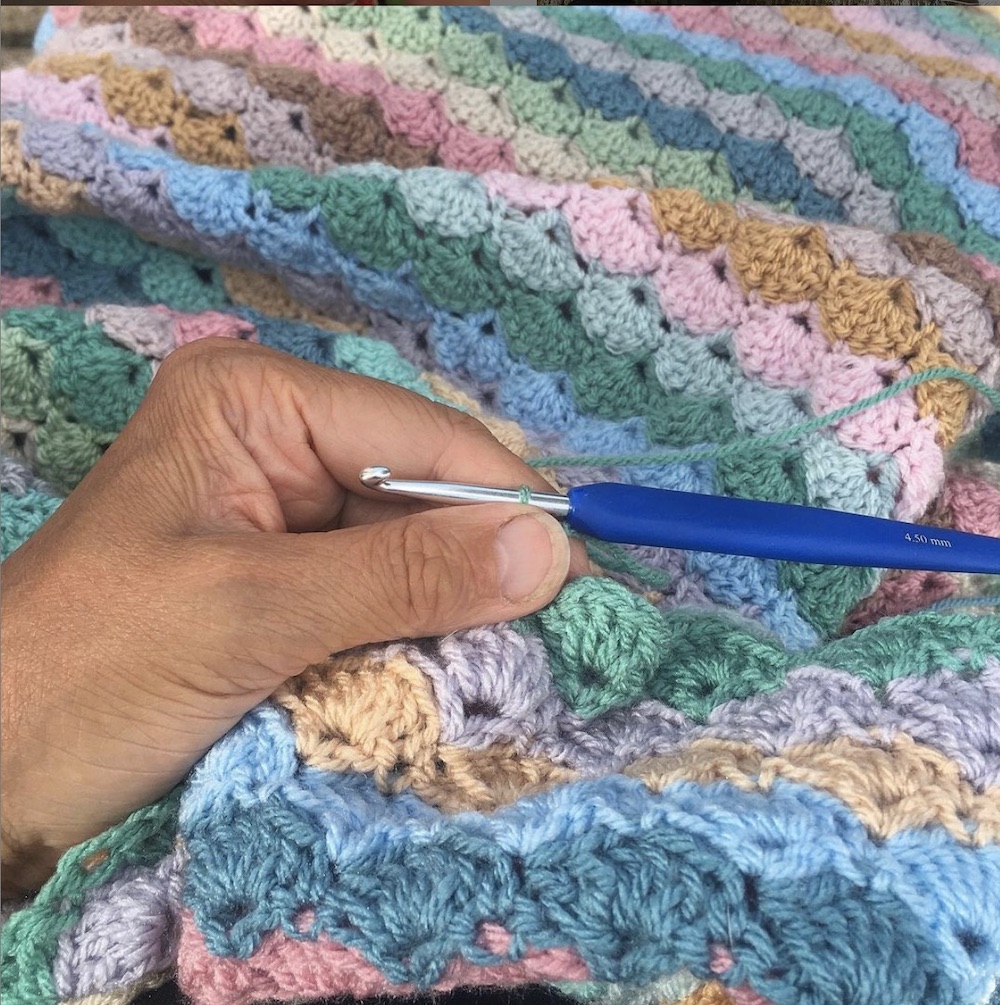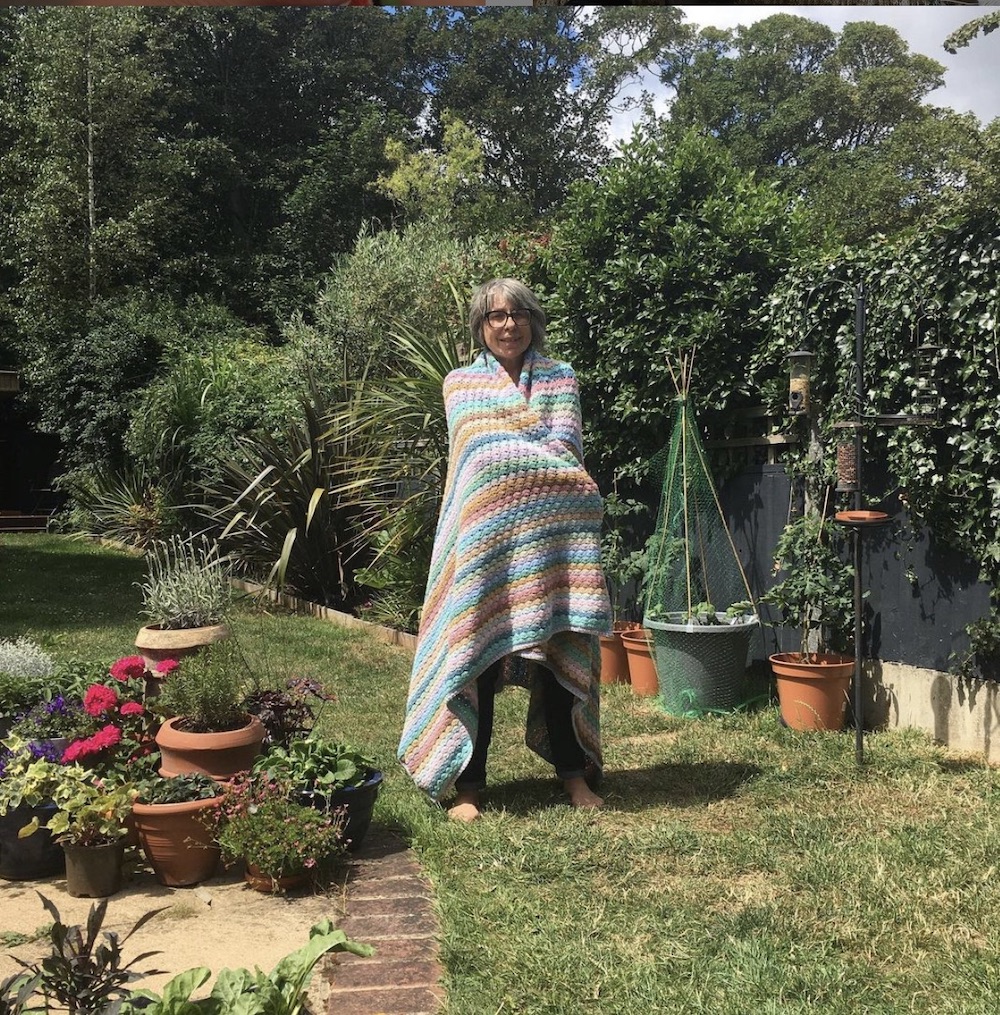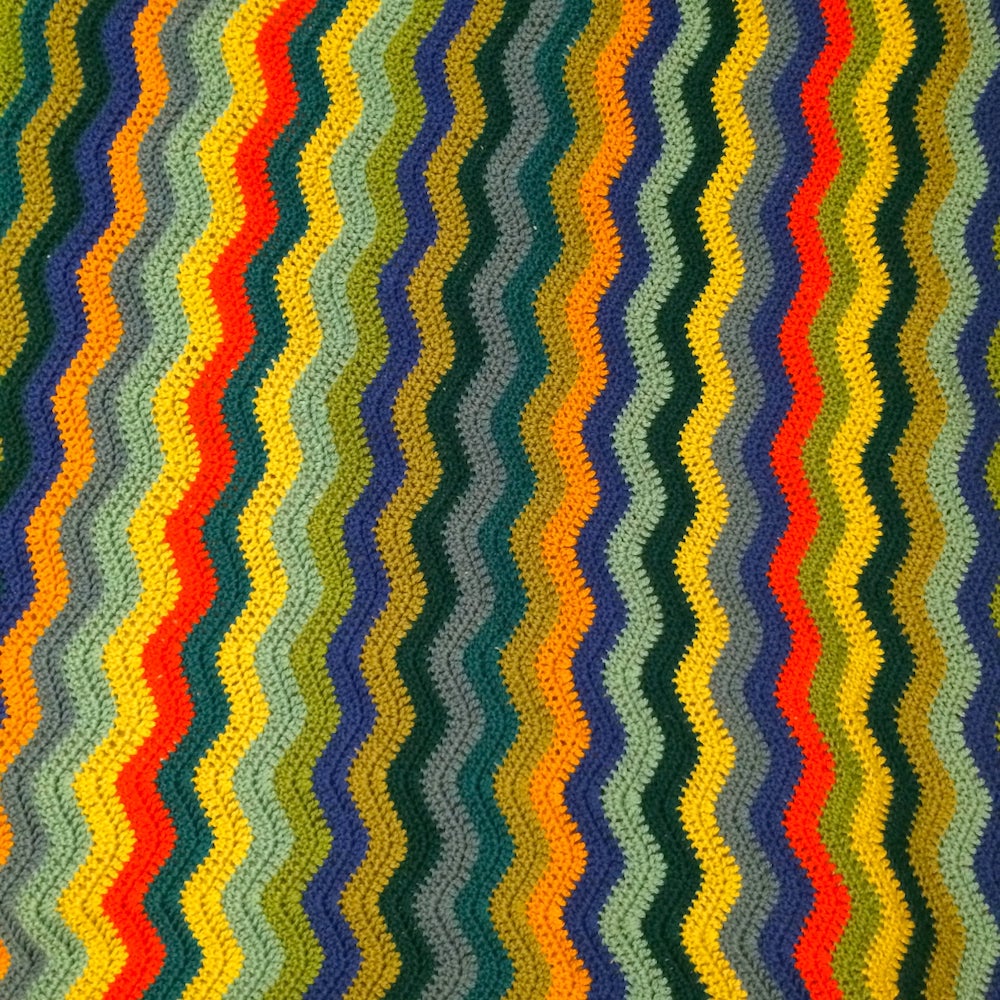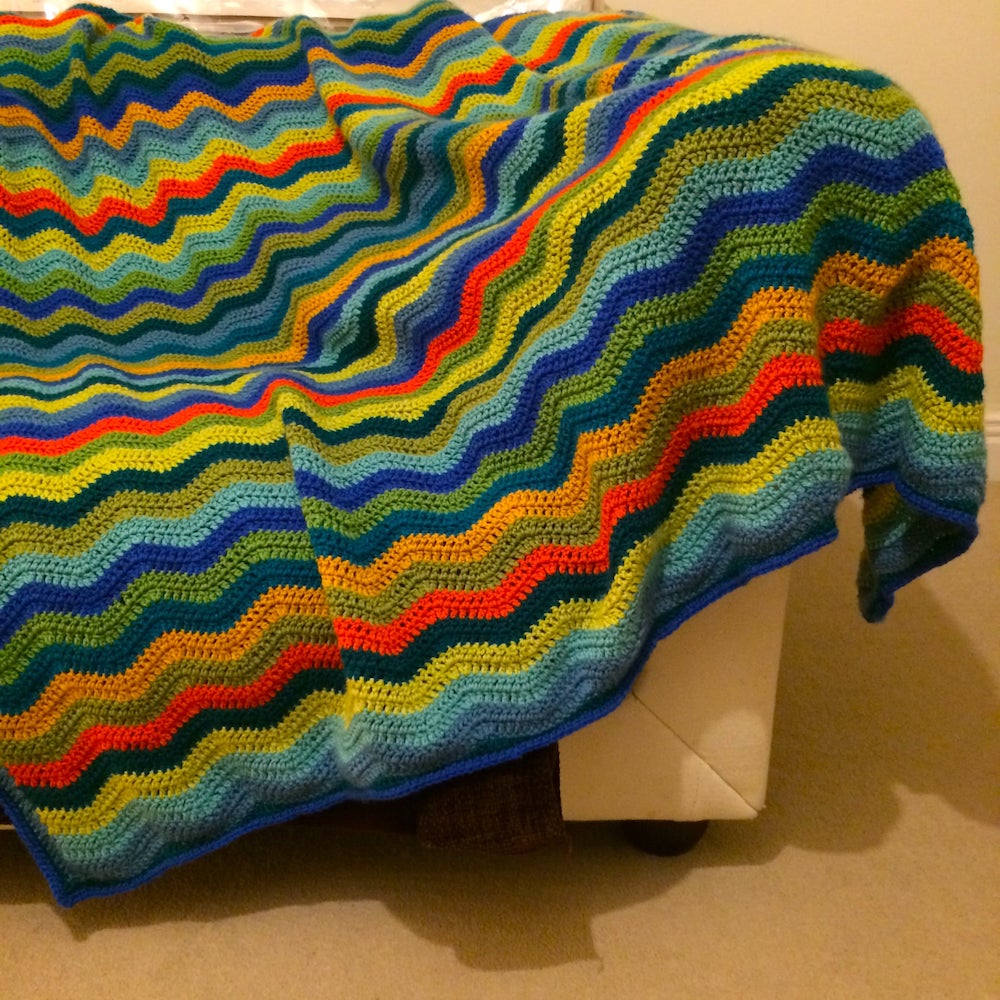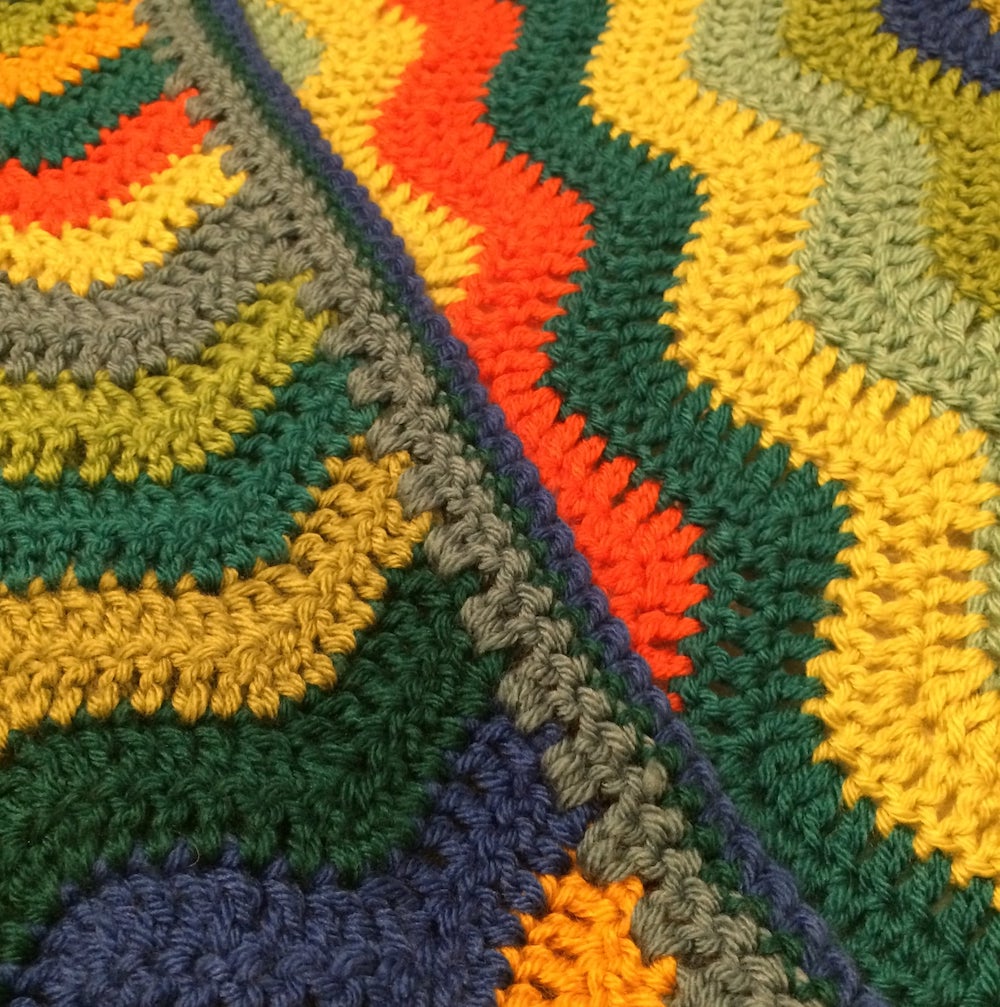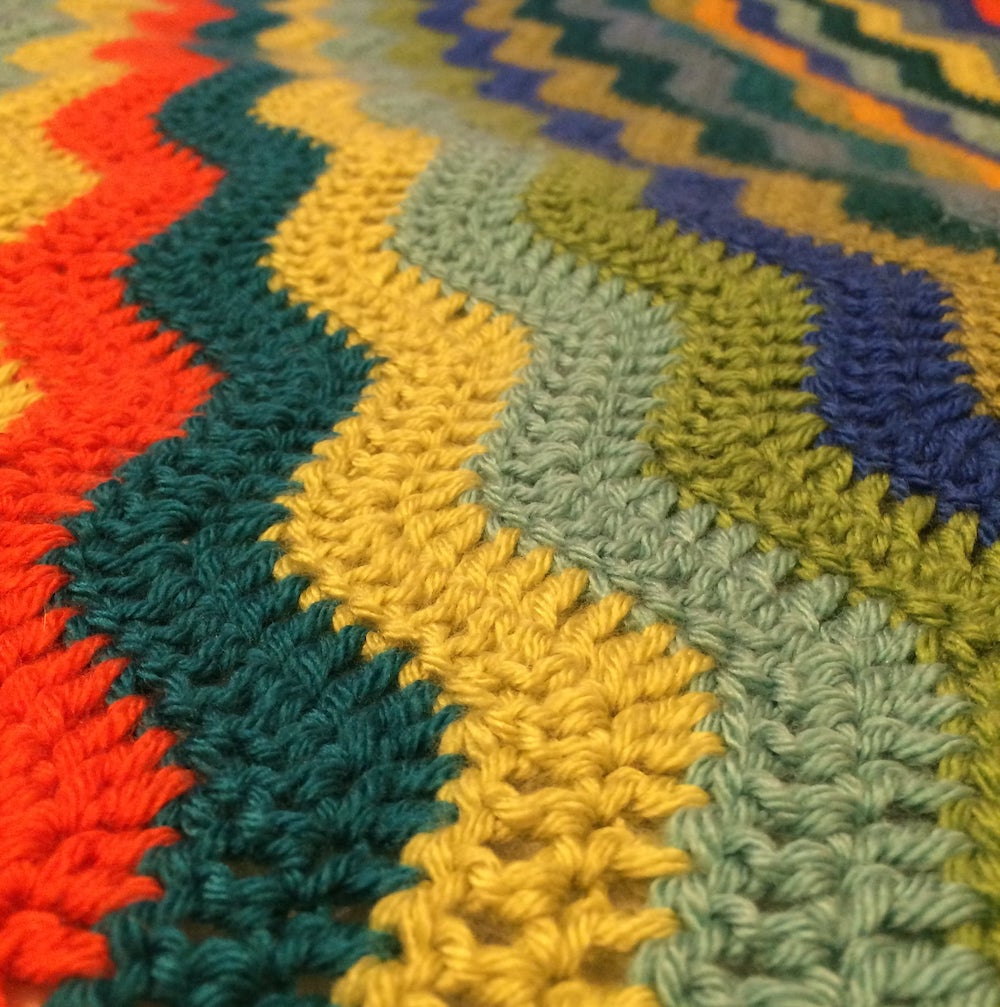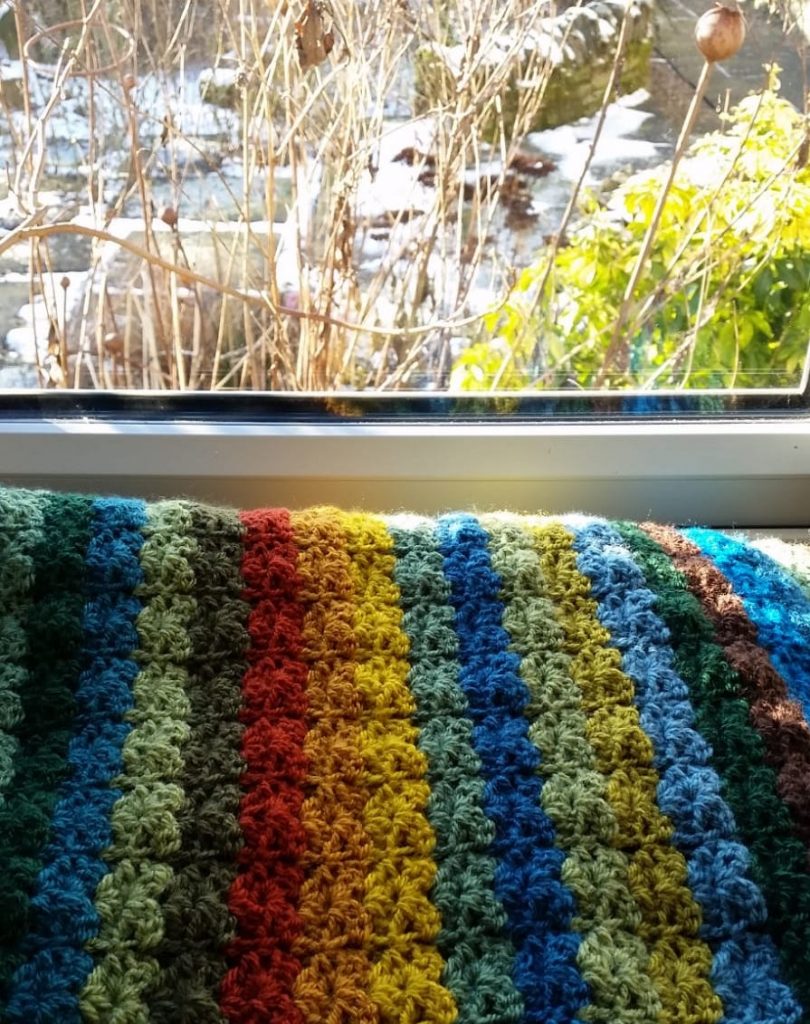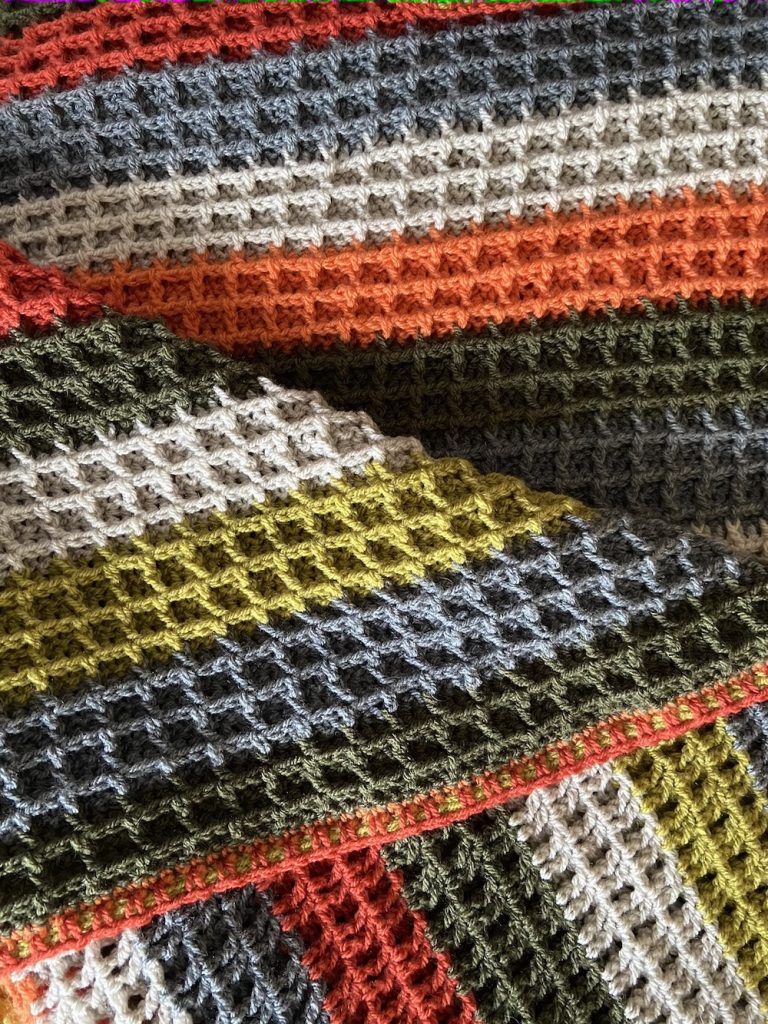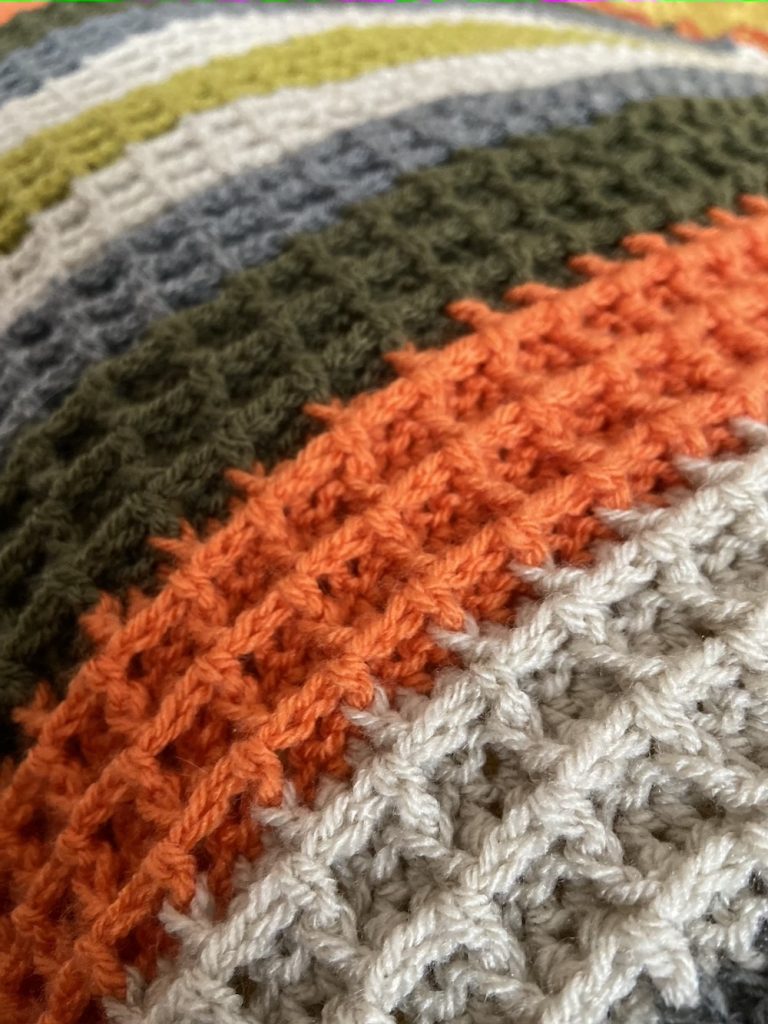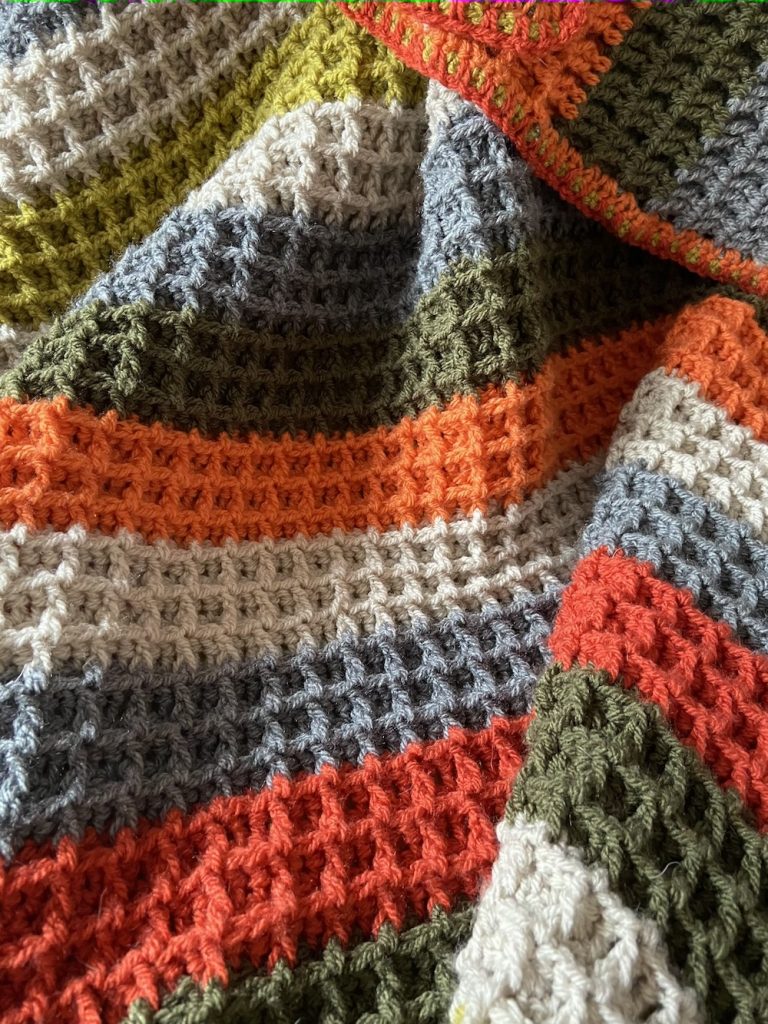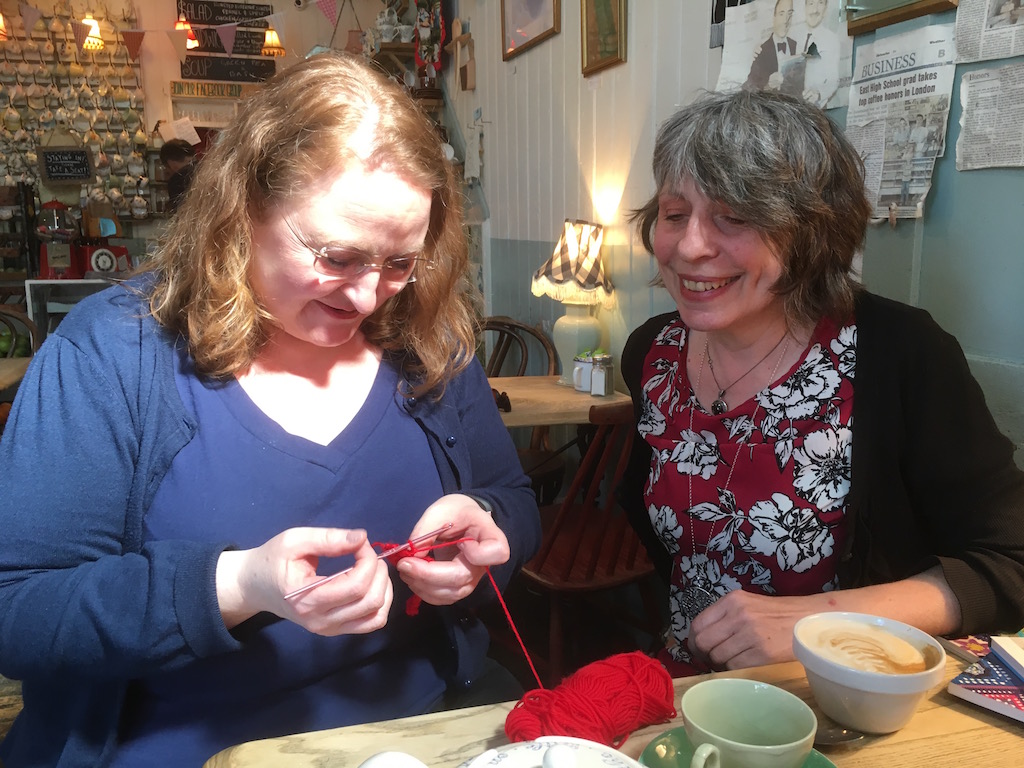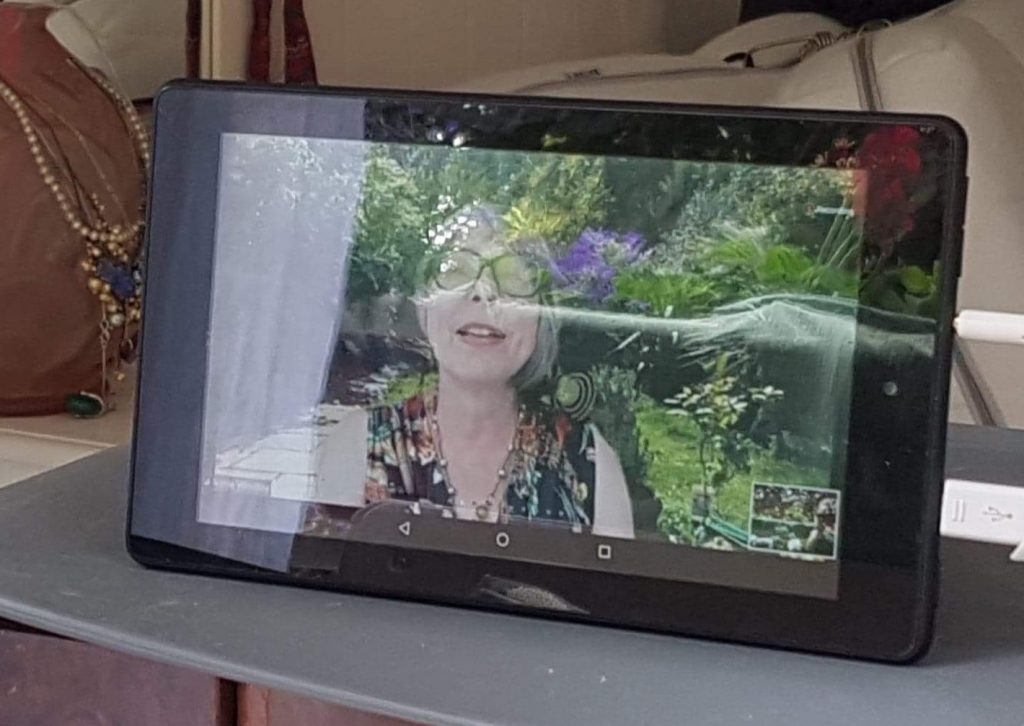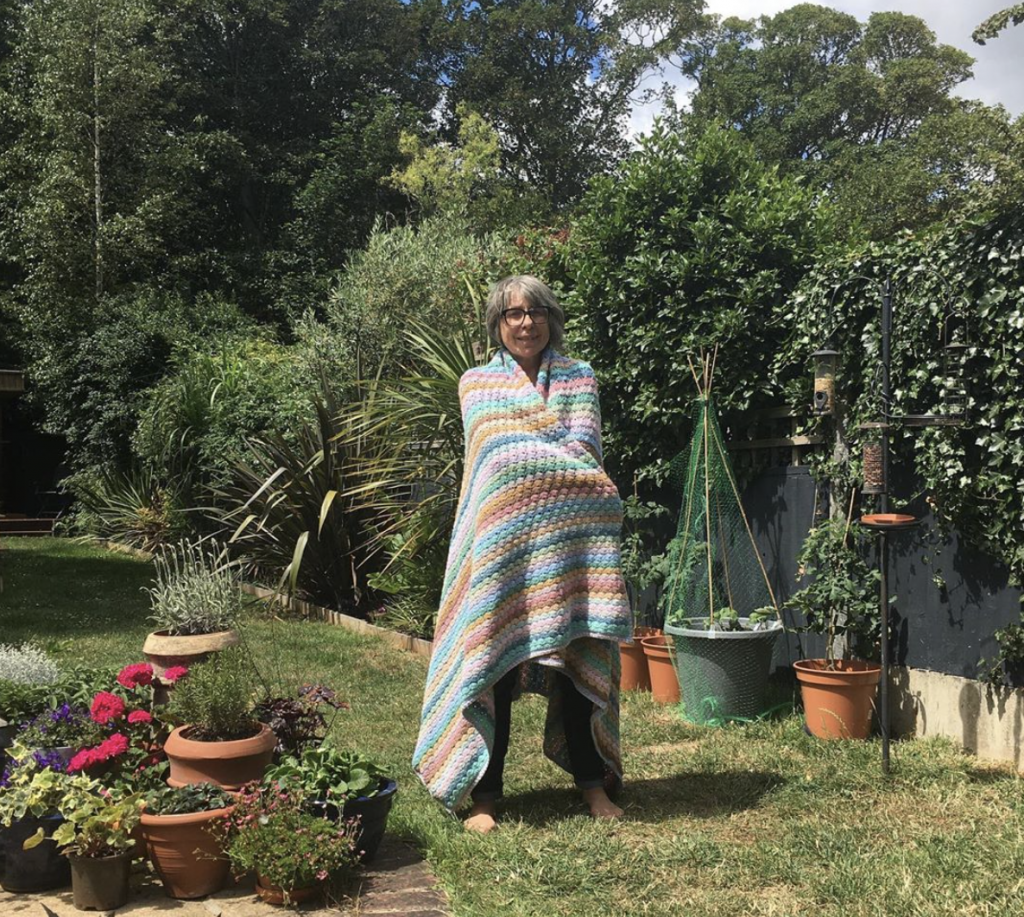Christmas is coming (and it’s only November!)
Christmas preparations always come early when you’re designing and making cards and decorations for the festive season. Sure as sure can be, Christmas creeps up and is here before you know it! And those cards and decorations need to be ready for eager customers in plenty of time.
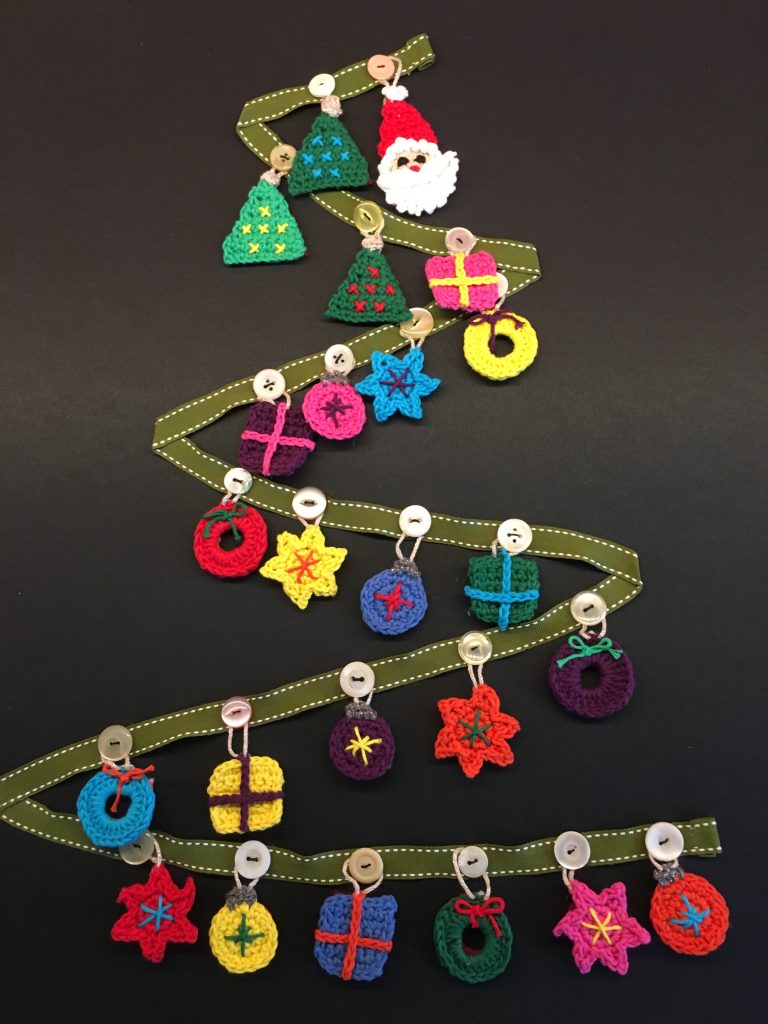
(If you’d like to count down to Christmas yourself – why not make my Advent Calendar – instructions are here)
As a result, I’ve been hard at work over the past few weeks, crochet hook in hand and Rico Ricorumi DK (which is available online from sites like Wool Warehouse) in all sorts shades in front of me, to rustle up more Christmas-tastic delights.
This year, I’ve come up with a couple of extra designs to add to the existing crocheted Christmas range, as I’ve been asked to sell my crocheted goodies at a lovely shop in my hometown of Broadstairs, on the Thanet coast.
The shop is called The Store, and is a cafe/deli/craft shop all in one, on the town’s main high street, just a few steps from Viking Bay beach! You sit and have a coffee and cake, then browse the local handmade craft on offer, or pick up a speciality cheese, or some jam to take home.
Christmas Workshops ahead!
I’m also going to be running some crocheted snowflake and stars workshops in The Store’s back room next month – here’s a taste of the sort of motif you’ll be able to learn to make. The workshops will be suitable for beginners and more experienced crocheters alike, so if you’re interested and live nearby, just drop me a line and I’ll send you details once the workshop booking is open (info@pickingupstitches.com). And if you’re interested in learning on Zoom, just head here for details
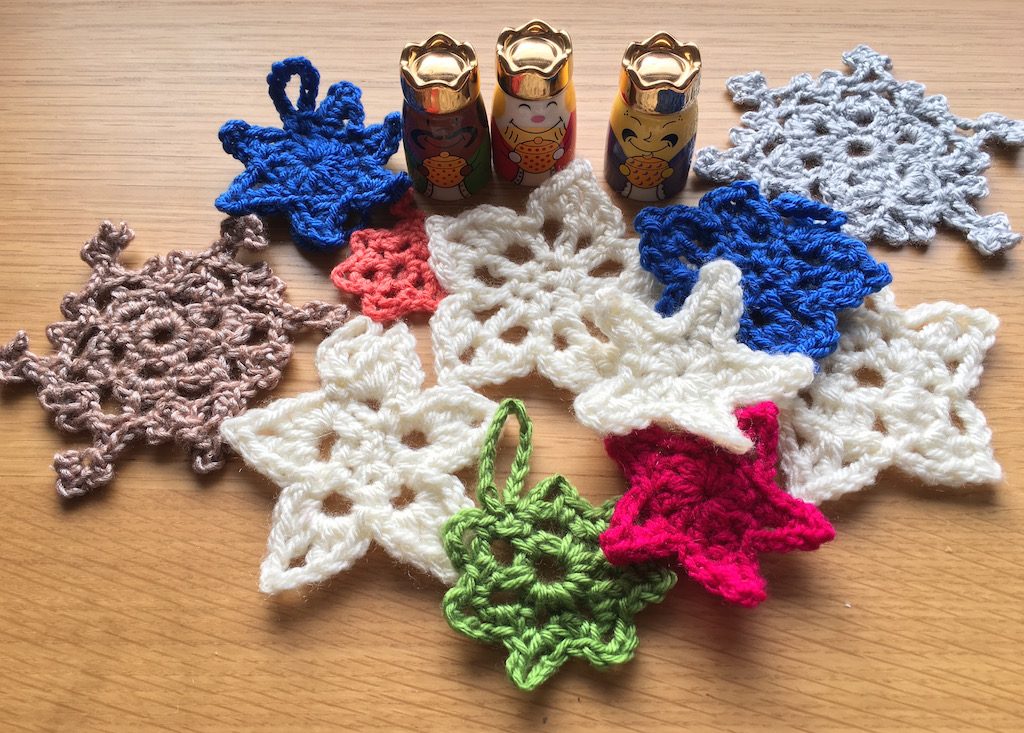
This year’s range
Anyway, I thought you’d like to see some of the little Christmas items of mine you’ll be able to buy in The Store
First I’ve rustled up some more of last years most popular items:
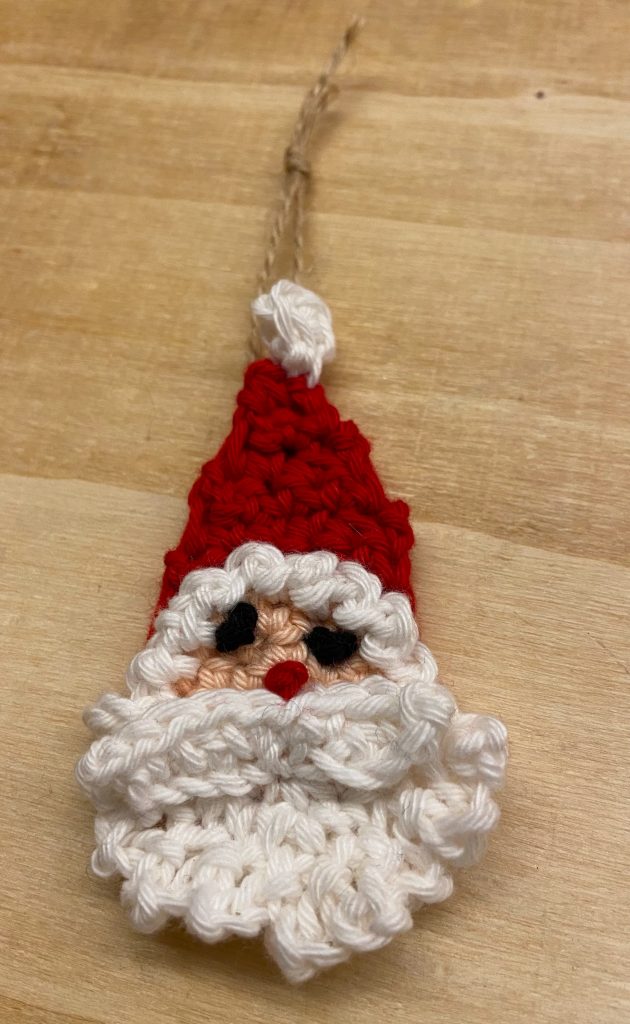
Santa’s made a reappearance, and, of course, there are baubles, Christmas trees and reindeer too.
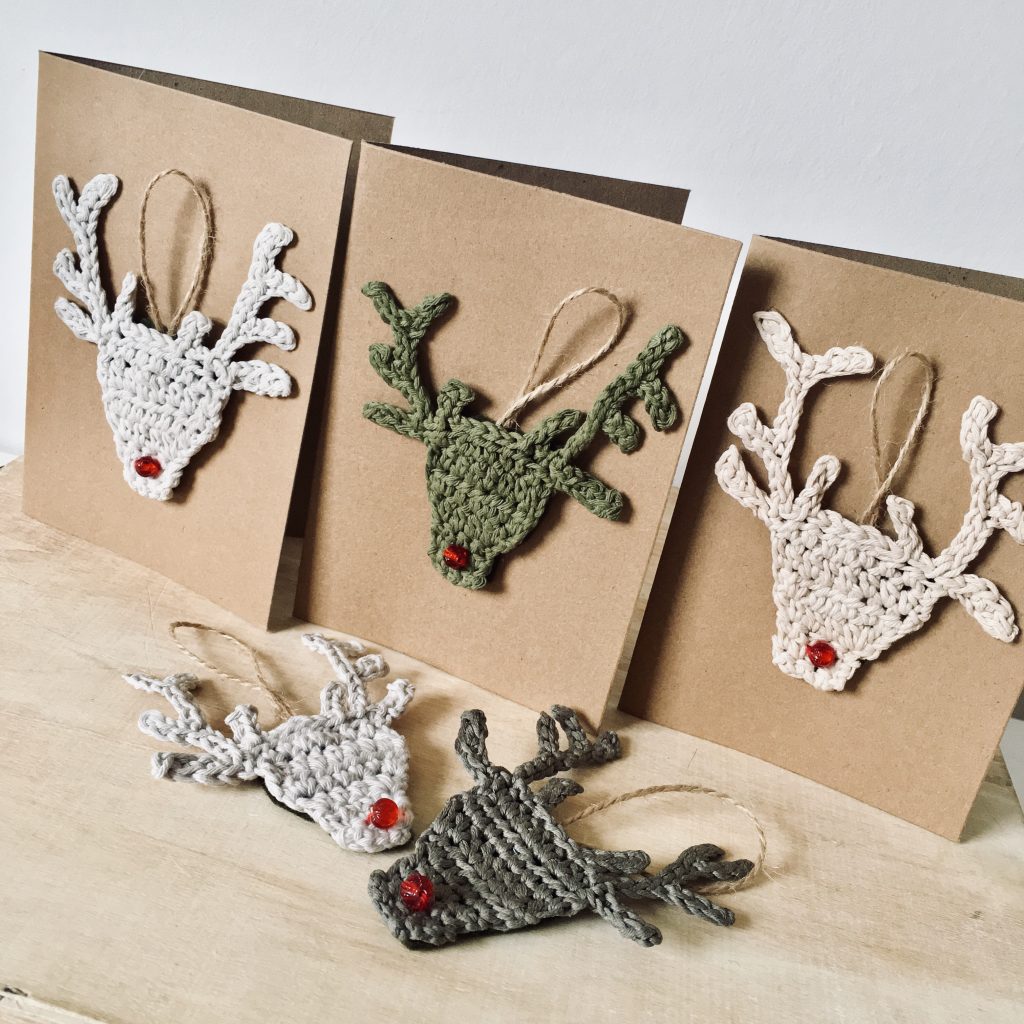
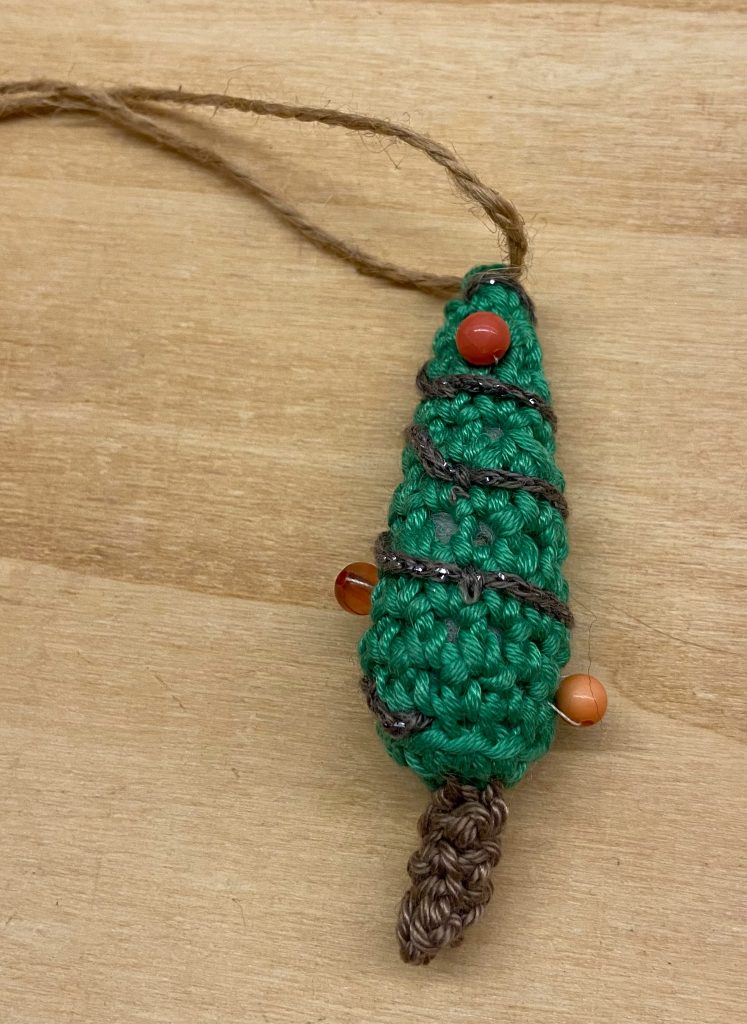
So many people asked for more dogs, that I had to come up with a new pack – this time with smart bows on their collars.
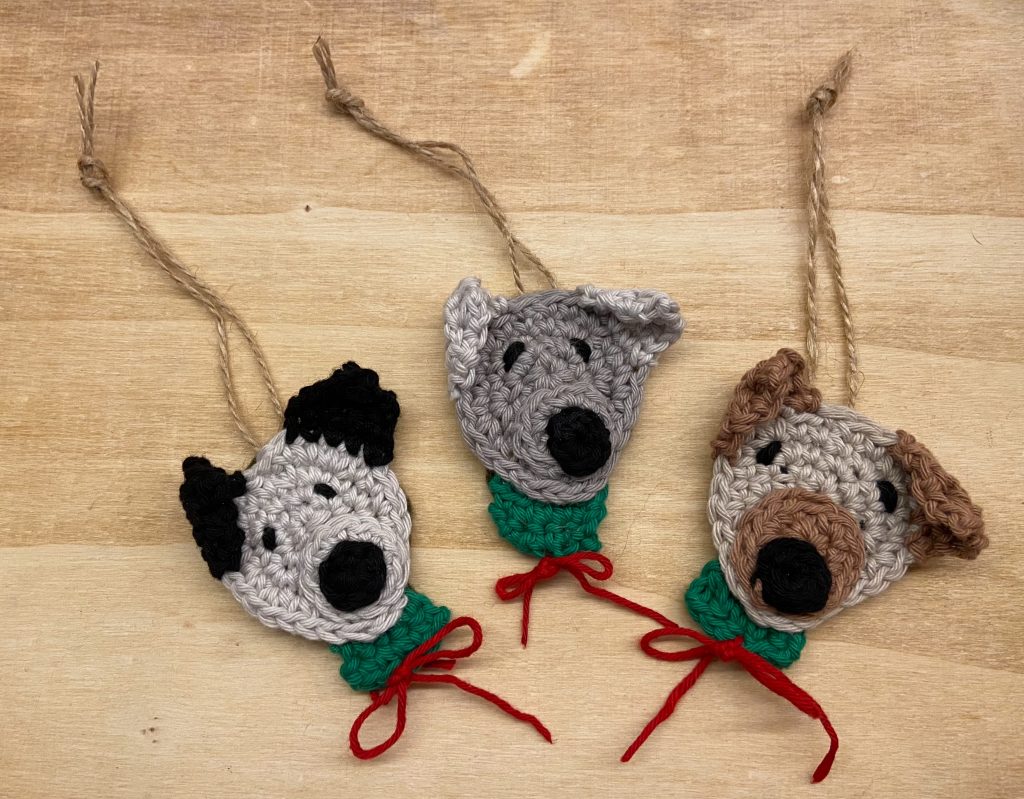
And for all those feline fans, I’ve added a selection of kitties too!
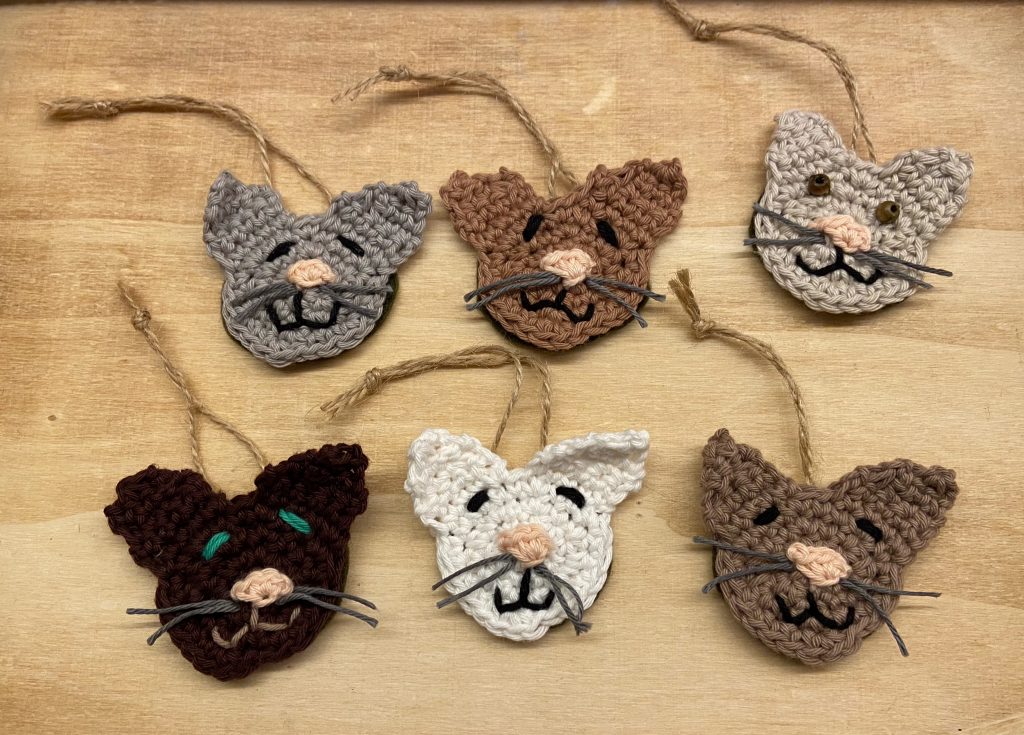
They come in all sorts of colour. To keep them company, I’ve added a new mouse – this time he’s wearing red antlers!
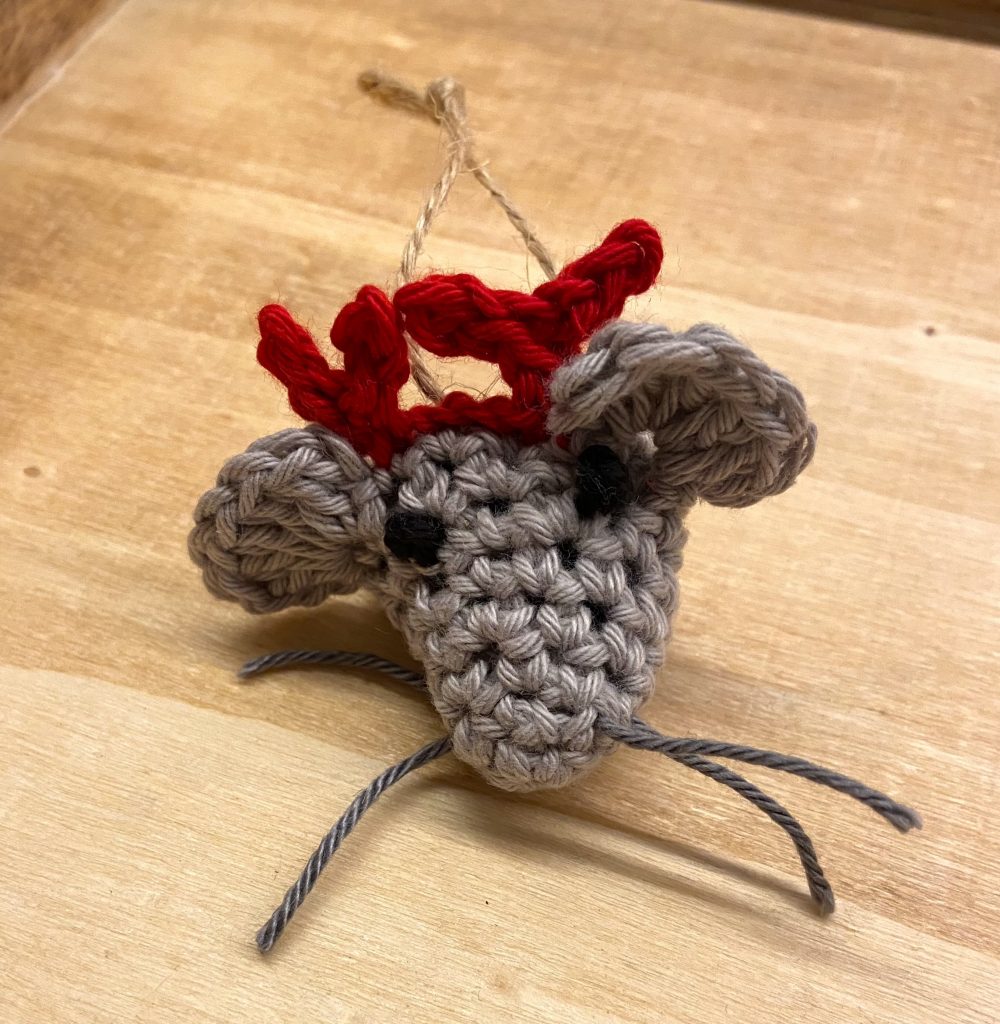
All the cards say “Season’s Greetings” and have a detachable Xmas bauble – the new ones this year are holly and ivy – and here they are in The Store’s window!
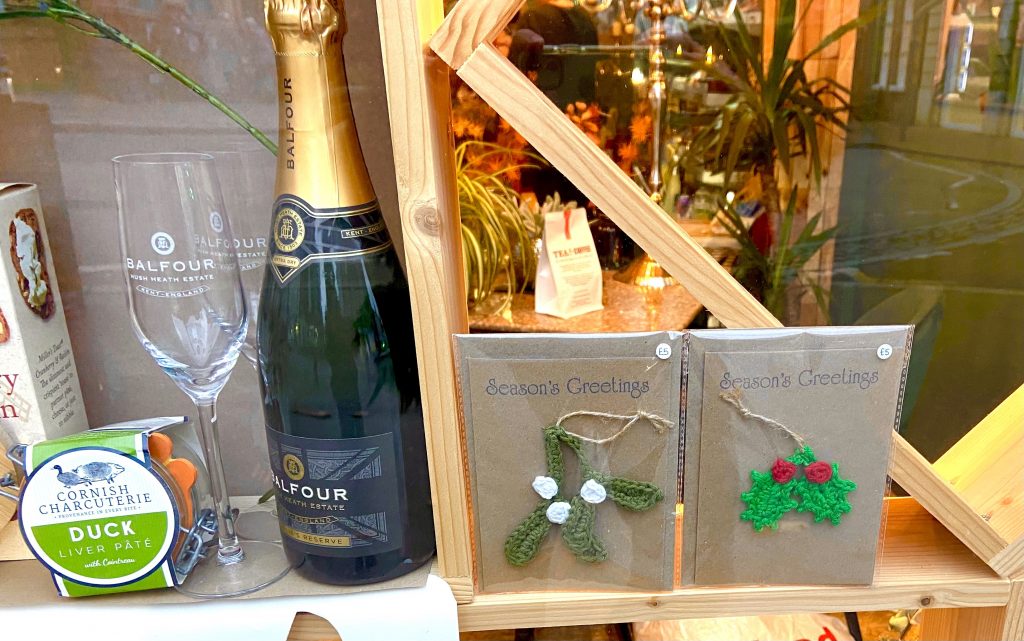
Hopefully see you in The Store when you visit our lovely seaside town…
